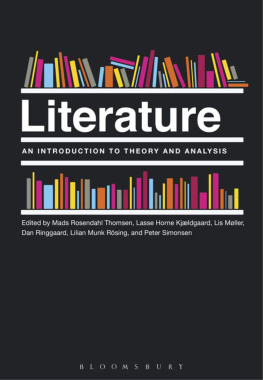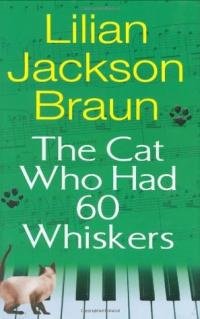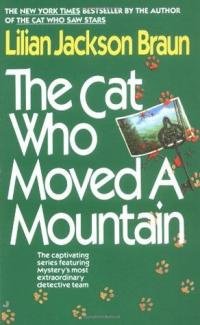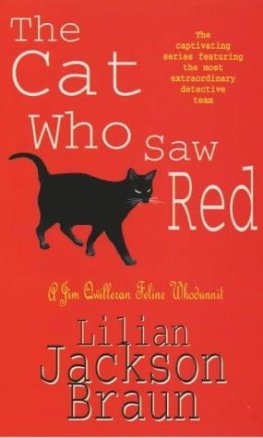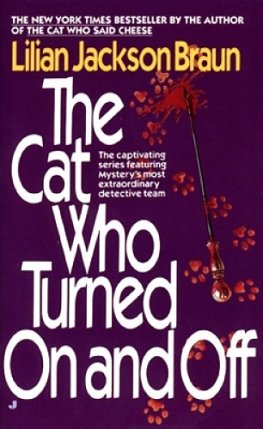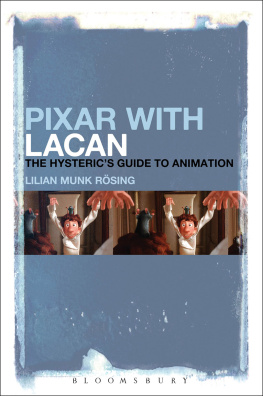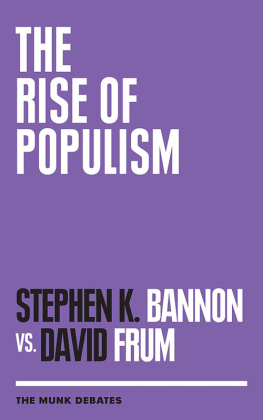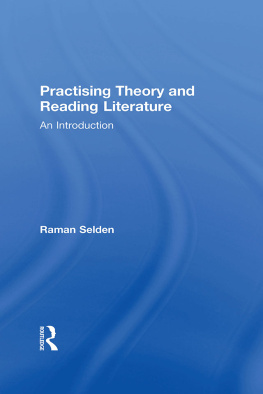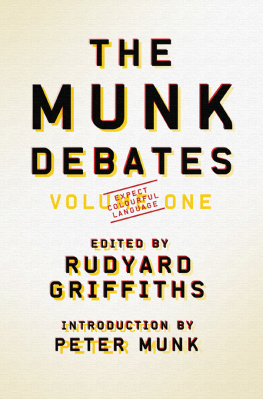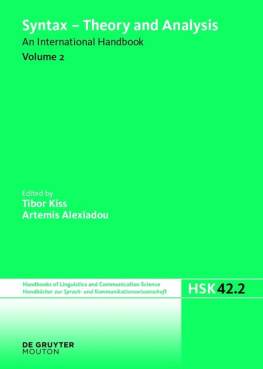Lilian Munk Rösing (editor) - Literature : an introduction to theory and analysis
Here you can read online Lilian Munk Rösing (editor) - Literature : an introduction to theory and analysis full text of the book (entire story) in english for free. Download pdf and epub, get meaning, cover and reviews about this ebook. year: 2020, genre: Religion. Description of the work, (preface) as well as reviews are available. Best literature library LitArk.com created for fans of good reading and offers a wide selection of genres:
Romance novel
Science fiction
Adventure
Detective
Science
History
Home and family
Prose
Art
Politics
Computer
Non-fiction
Religion
Business
Children
Humor
Choose a favorite category and find really read worthwhile books. Enjoy immersion in the world of imagination, feel the emotions of the characters or learn something new for yourself, make an fascinating discovery.
- Book:Literature : an introduction to theory and analysis
- Author:
- Genre:
- Year:2020
- Rating:3 / 5
- Favourites:Add to favourites
- Your mark:
- 60
- 1
- 2
- 3
- 4
- 5
Literature : an introduction to theory and analysis: summary, description and annotation
We offer to read an annotation, description, summary or preface (depends on what the author of the book "Literature : an introduction to theory and analysis" wrote himself). If you haven't found the necessary information about the book — write in the comments, we will try to find it.
Literature : an introduction to theory and analysis — read online for free the complete book (whole text) full work
Below is the text of the book, divided by pages. System saving the place of the last page read, allows you to conveniently read the book "Literature : an introduction to theory and analysis" online for free, without having to search again every time where you left off. Put a bookmark, and you can go to the page where you finished reading at any time.
Font size:
Interval:
Bookmark:
Literature
ALSO AVAILABLE FROM BLOOMSBURY
Literary Criticism in the 21st Century: Theory Renaissance, Vincent B. Leitch
Literary Theory: The Complete Guide, Mary Klages
Literature
An Introduction to Theory
and Analysis
Edited by
Mads Rosendahl Thomsen,
Lasse Horne Kjldgaard,
Lis Mller, Dan Ringgaard,
Lilian Munk Rsing, and
Peter Simonsen
Bloomsbury Academic
An imprint of Bloomsbury Publishing Inc

J. Hillis Miller
This wonderfully useful, readable, and wide-ranging book will tell students and teachers, as well as general readers, most of what they need to know about the important topics in literary theory and analysis in Europe and America today. The book consists of thirty-three short chapters, each by a different specialist and each on a different topic in literary study. Each chapter is a survey of its topic with references to the major theorists on the subject. Each also shows how attention to that topic is useful by reading a carefully chosen example, Thomas Pynchons The Crying of Lot 49 for Books, Shakespeares A Midsummer Nights Dream for Quality, and so on. Some chapters have more than one example from literature. In addition, each entry has an extremely helpful list of further readings on the topic in question.
The book is divided into three parts that move outward from literary texts (for example Plot, Narrator, and Character) to their contexts (for example History, Ethics, and Nature) to adjacent important concepts in literary study (for example Archives, Performance, and Translation). As is appropriate for todays dominant forms of literary study, attention to literature as such broadens out as the book progresses toward what is today called cultural studies. The chapter called Nature, though it uses Donnes The Sun Rising and Mary Shelleys Frankenstein as examples, is really about todays ecocriticism. It is impossible in a short foreword, however, to do justice to the scope and brilliance of the various chapters or to their variety.
Literature: An Introduction to Theory and Analysis is based on a highly successful volume published in Danish and in Swedish translation in 2012 and used as a textbook in all five major Danish universities. This English version, however, has nineteen new chapters written by American, British, and European scholars. All the other chapters have been modified for the larger intended audience. It is now a genuinely international book, suitable for use in courses taught in English anywhere in the world.
Though this book is primarily intended for use in first and second year college and university courses in introduction to literature, it will also be useful for advanced literature courses, even postgraduate ones, or as a great resource for teachers of literature, or as a valuable resource for ordinary readers who may want to know something about what is meant by the narrator of a novel, or by ethnicity in literature, and so on. Ill use the book myself, as a resource tool, as a place to begin with a given topic. If I want to know, to take one example more or less at random, what is meant by hermeneutics, the entry in this book on Interpretation, by Jesper Gulddal of the University of Newcastle in Australia, will give me the basic facts, illustrated in this case by a discussion of Ibsens Pillars of Society (1877).
As Dryden said of Chaucers The Canterbury Tales, so I say of this book: here is Gods plenty.
Mads Rosendahl Thomsen, Lasse Horne Kjldgaard, Lis Mller, Dan Ringgaard, Lilian Munk Rsing, and Peter Simonsen
Chapter Outline
There is no exact way to study literature, no fail-safe method, and no way to prove that one was right. This may be one reason why we often underestimate how complex literary studies are. Reading a text and forming an opinion about it is easy. Being able to look at a text from many different angles, making perspectives meet, seeing it in relation to other texts and contexts while maintaining a self-critical view of ones own approach require a number of skills, a great deal of knowledge and above all analytical practice. And there is a clear bonus: a deeper engagement with analyzing literature makes it possible to appreciate how mesmerizing texts can be as one is stuck in a stanza, thrown off by a metaphor (if it really is a metaphor), or befuddled by trying to figure out how the quintessential traits of a character can best be expressed.
Twentieth-century literary criticism was to some degree dominated by a relatively small number of schools or approaches such as New Criticism, Structuralism, and Deconstruction. Recent decades in literary studies have been marked by a welcome move toward pluralism that has striven to bring out the values in the large reservoir of theories that can help make sense of literature. Pluralism does not mean that anything goes, but that the critical engagement with texts and theories will have to prove itself in each new meeting. It is also a recurrent experience that the use of different approaches to literary works not only produces better and more nuanced analyses but also heightens the regard for those texts that seem to be able to respond to the various angles from which they are approached.
In thirty-three chapters, this book moves from definitions of literature and essentials of textual theory to contextualizing theories and perspectives on the uses of literature. Rather than giving priority to schools of criticism, as introductions to literary studies often do, Literature: An Introduction to Theory and Analysis seeks to clarify how to engage fruitfully with recurrent topics in literary criticism. The first part Texts takes up fundamental analytical terms such as interpretation, genre, characters, narrative, tropes, and intertextuality, all part of an indispensable vocabulary in literary analysis. The second part Contexts engages with the vast array of themes literature addresses such as politics, gender, ethnicity, and memory. But rather than being merely excuses for doing thematic studies, the chapters show how form and content work together. Finally, the third part Practices shows how the uses of literature cannot be separated from the study of literature. Adaptation, translation, and judgment of quality are among the terms that define the circulation of literary works which includes the capacity for critical writing and judgment of quality.
Literature: An Introduction to Theory and Analysis can be read in many ways. It can be the cornerstone of an introductory course to literary studies. The chapters in the book could then profitably be read along with the primary texts referred to and some of the critical texts, which each chapter refers to. The three parts of the book suggest one order but there are many ways the book could find use in a course. It can be read from start to finish, if there is enough time, but most instructors will find their own way, also dependent on course requirements.
The book can also be used as a handbook that delivers sharp perspectives on thirty-three different themes in literary studies, and which does so not in the abstract but in the interplay with literary works and the most important scholarly contributions to each theme.
And the book may be handy for readers of literature who would like to expand their vocabulary for the experience of literature, essentially the same thing an introductory course would do, maybe a bit more regulated but hopefully not less joyfully.
Lasse Horne Kjldgaard and Peter Simonsen
Chapter Outline
What if literature did not exist? This thought experiment has, of course, been carried out not in life but in literature. Ray Bradburys novel
Next pageFont size:
Interval:
Bookmark:
Similar books «Literature : an introduction to theory and analysis»
Look at similar books to Literature : an introduction to theory and analysis. We have selected literature similar in name and meaning in the hope of providing readers with more options to find new, interesting, not yet read works.
Discussion, reviews of the book Literature : an introduction to theory and analysis and just readers' own opinions. Leave your comments, write what you think about the work, its meaning or the main characters. Specify what exactly you liked and what you didn't like, and why you think so.

